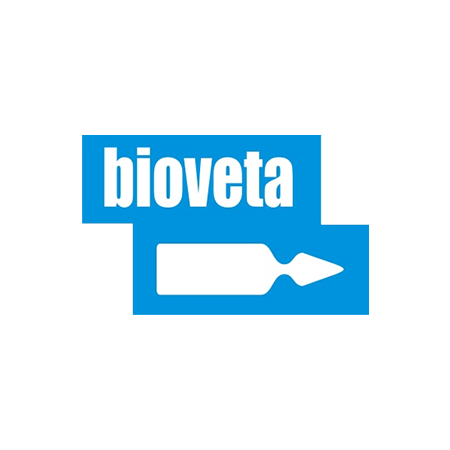
Click here for more from the brand bioveta
Antiparasitic for dogs from Bio Vita
Dog health care
A broad-spectrum insecticide and acaricide belonging to the group of phenylpyrazoles, which are toxic to arthropods after contact with the surface of their body or if they are swallowed. Fipronil acts in adult and larval stages. It acts on gamma-aminobutyric acid (GABA) receptors in the insect's central nervous system. These receptors regulate chlorine ion channels. Fipronil inhibits Movement of chlorine ions across cell membranes. The result is excessive nerve stimulation, uncoordinated nervous system activity, and death of insects and mites. The tick effect also occurs due to the destructive effect on the tick's salivary glands, which prevents the animal from sucking blood. Reproductive toxicity (irreversible changes in eggs) has been observed in female ticks.
After ingestion, the active substance penetrates the upper layers of the skin. It spreads from the application site to the peripheral areas (lower back, groin, etc.) with a concentration gradient and accumulates in the lipid component and hair follicles of the skin and is gradually released on the skin and hair. This ensures a long-term effect. The concentration of fipronil in the hair gradually decreases after 56 days. The measured concentration in the hair was 3 -4 μg/g after topical administration small amounts (up to 1%) of fipronil are absorbed which are metabolized in the body to a sulfone derivative which also has insecticidal and acaricidal effects

